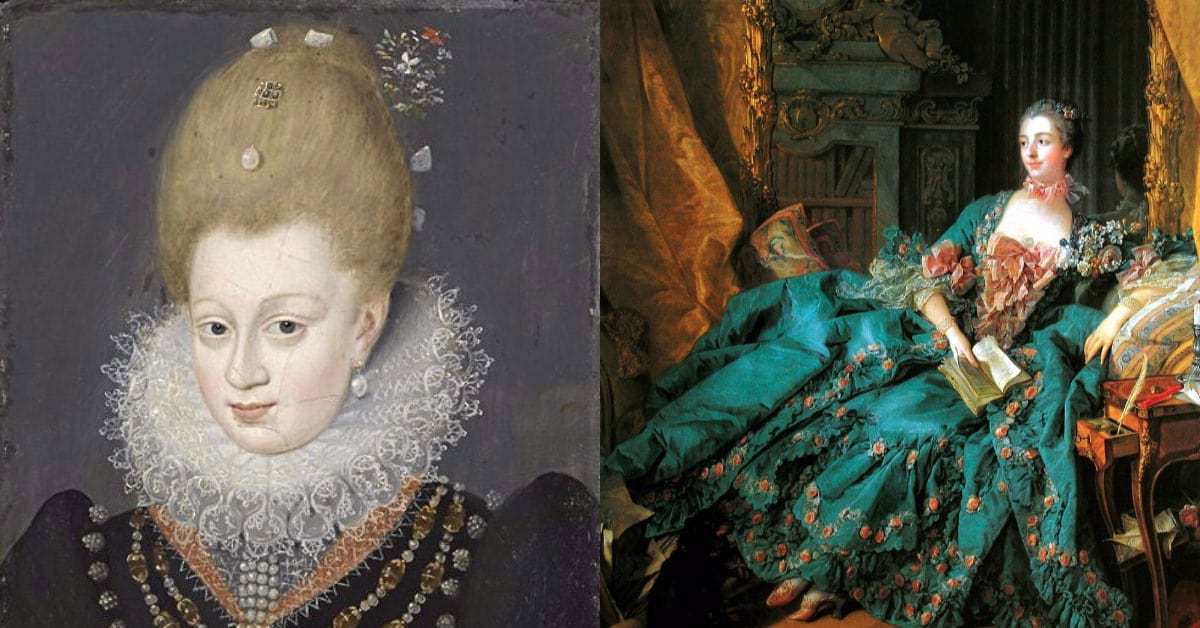History remembers two kinds of women. Good wives and mothers who do what society expects of them and they live good, virtuous lives. When women try to live a life or pursue opportunities outside what society expects of them, they are given horrible labels: bad girls, loose, immoral, etc. The truth is, society has always wanted women to play the virtuous woman, but what happens when they don’t? Are these women truly “bad girls,” or are they reaching outside of the box, trying to live a life outside of the confines that society has given them?
These are the stories of ten women in history who refused to play by society’s rules. They used sex as a weapon or a tool to get what they wanted, using their roles as mistresses, wives, and courtesans to secure political power or social rank, give themselves a more comfortable life, or use their power to help others.
1. Cleopatra (69-August 12, 30 BCE)
If there ever was a woman who used sex to achieve political power, it was Cleopatra. She was the original—the first historical woman that comes to mind when we think of the idea. That is perhaps putting too simple of a twist on what she did, but she became the mistress of two of the most powerful men in ancient Rome: Julius Caesar and Mark Antony, using her relationships and her children with both men to preserve her hold on power.

Cleopatra used her seductive charms to secure her hold on her throne of Egypt against the might of Rome. Although she needed Rome’s help at first to attain power, she wanted to rule in her own right. Using this to her advantage, she seduced two of the most famous Roman men into liaisons with her to get what she wanted. Cleopatra was engaged in a civil war with her brother Ptolemy XIII, and she became Julius Caesar’s mistress so that he would support her claim to the throne. Caesar used his clout to help her become the sole ruler of Egypt. She made her son with Caesar, Caesarion, her co-ruler in name only to solidify her hold on power.
After Caesar’s assassination, Cleopatra joined forces with Mark Antony and Caesar’s legal heir Caesar Octavian against the Roman senators who killed Caesar in the Roman civil war. Cleopatra and Mark Antony became lovers, even though he was married to Octavian’s sister, and peace between the two men broke down. To help protect her hold on the throne and her son by Caesar from Rome’s growing influence, Cleopatra eventually married Mark Antony and had three children with him. It didn’t protect her throne the way that she wanted.
In 30 CE, the tensions between Mark Antony and Octavian had finally come to a head. Octavian declared war on Egypt and faced Antony and Cleopatra’s forces in the naval Battle of Actium. After a humiliating defeat by Octavian, Antony and Cleopatra fled and Octavian invaded Egypt. As Octavian approached Alexandria, Mark Antony’s forces deserted him to Octavian’s side. Refusing to be taken as spoils of war, the two lovers committed suicide.

